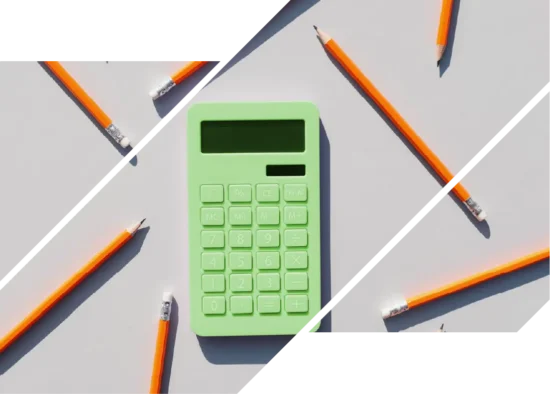According to National Retail Federation’s annual survey total spending for K-12 and college back-to-school shopping for the average family is expected to reach $75.8 billion, up from last year’s $68 billion. To help keep your costs to a minimum this year we’ve put together a few helpful budgeting tips.
Make a Plan
Sit down and write out all the items that your family needs. Write down each item and what you think it will cost and add this up to get a rough idea of what you will be spending and make sure you’ll be able to budget it. If you find that it’s going to be tight, think about pushing off non-essential items to buy later once they become essential.
Start Early and Keep Looking
Some retailers start as early as June with back-to-school specials, so keeping an eye out for deals early on will allow you to take advantage of these savings. It’s also a good idea to keep a lookout for great deals on school supplies all year long. There are items you know you’ll need every year, so if you find a sweet deal in February for next fall, pick it up now and put it away—you’ll not only save money, but will be that much further ahead for next year.
Do Your Research
After you have written out all the items you’ll need for the upcoming school year, start researching. Check out at least 3-4 online retailers and local stores and note the cost of each item at each store. Look into companies that will do price matching, or those who will even give you a lower price than that of a competitor. During back-to-school shopping, many online retailers will offer free shipping and some are tax free. Buying online can be a great way not only to save money, but to avoid the long lines of in-store shopping during this crazy time of year.
Get Creative
Think of alternative ways to get items checked off your list. Talk to friends about school swapping—you may have extra markers while a friend has extra paper; swapping items can be a win-win for both parties. Make sure to check out websites for used textbooks, electronics and other gear and visit local thrift stores to see if there are any other basic supplies you can pick up that don’t have to be brand new.



